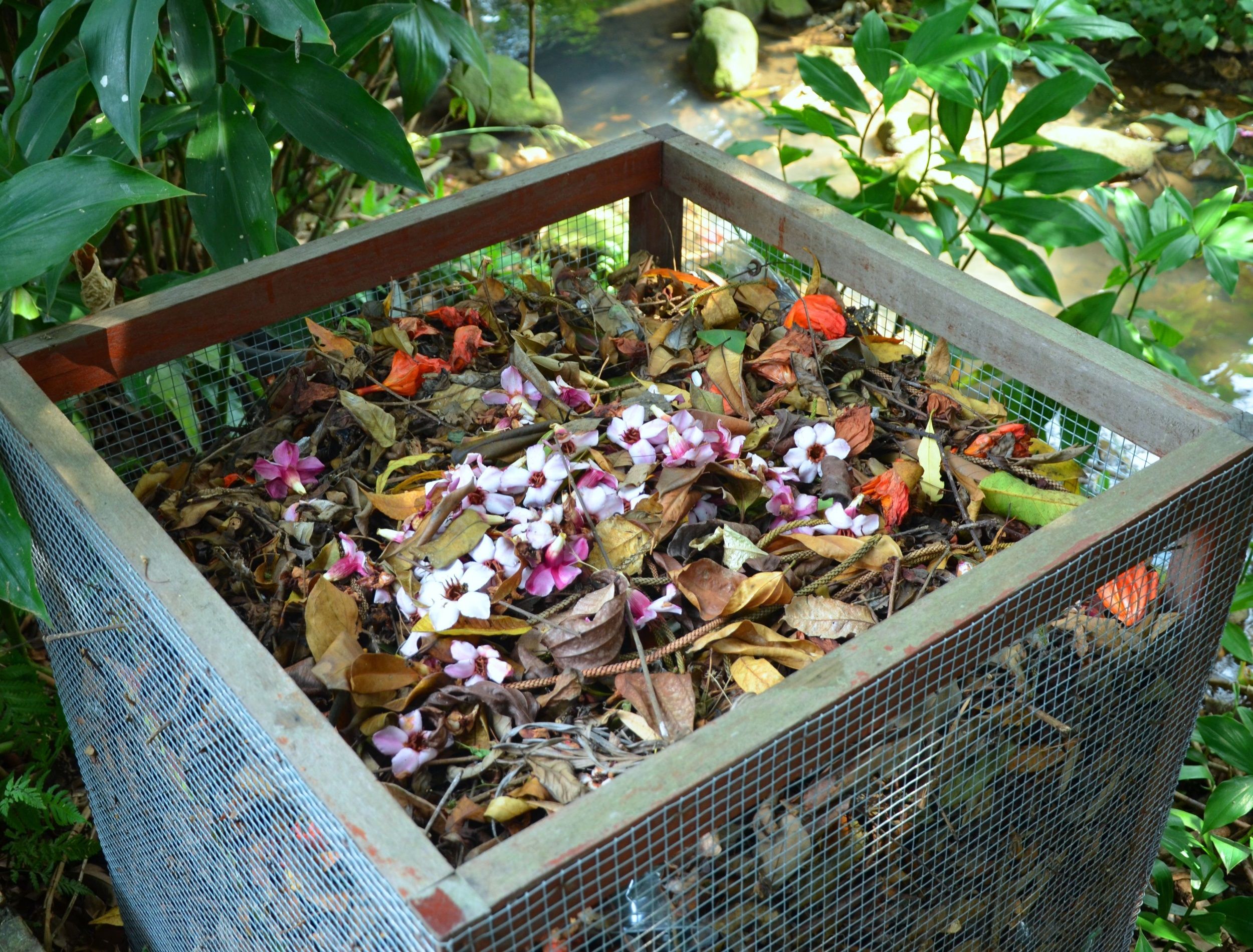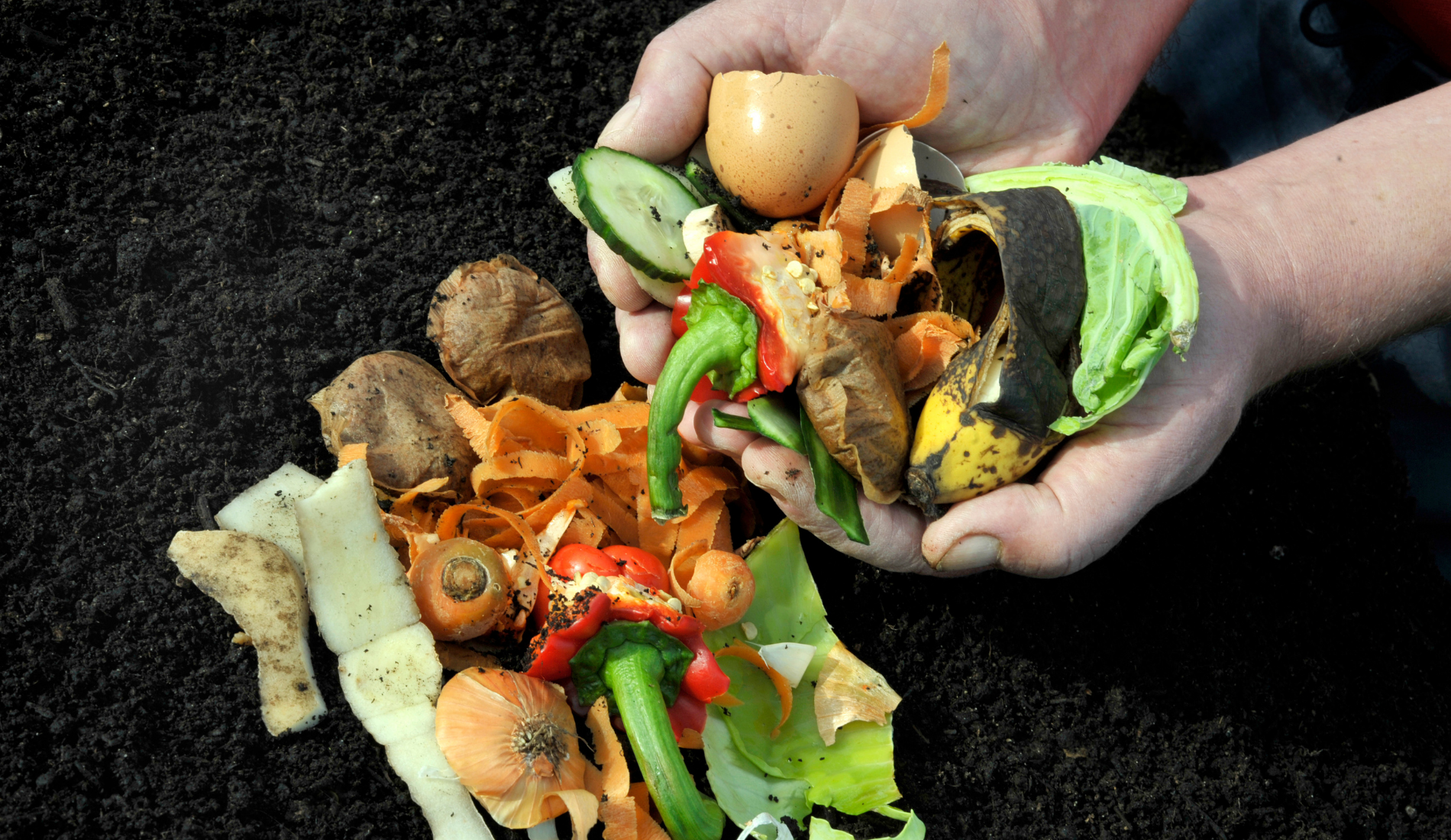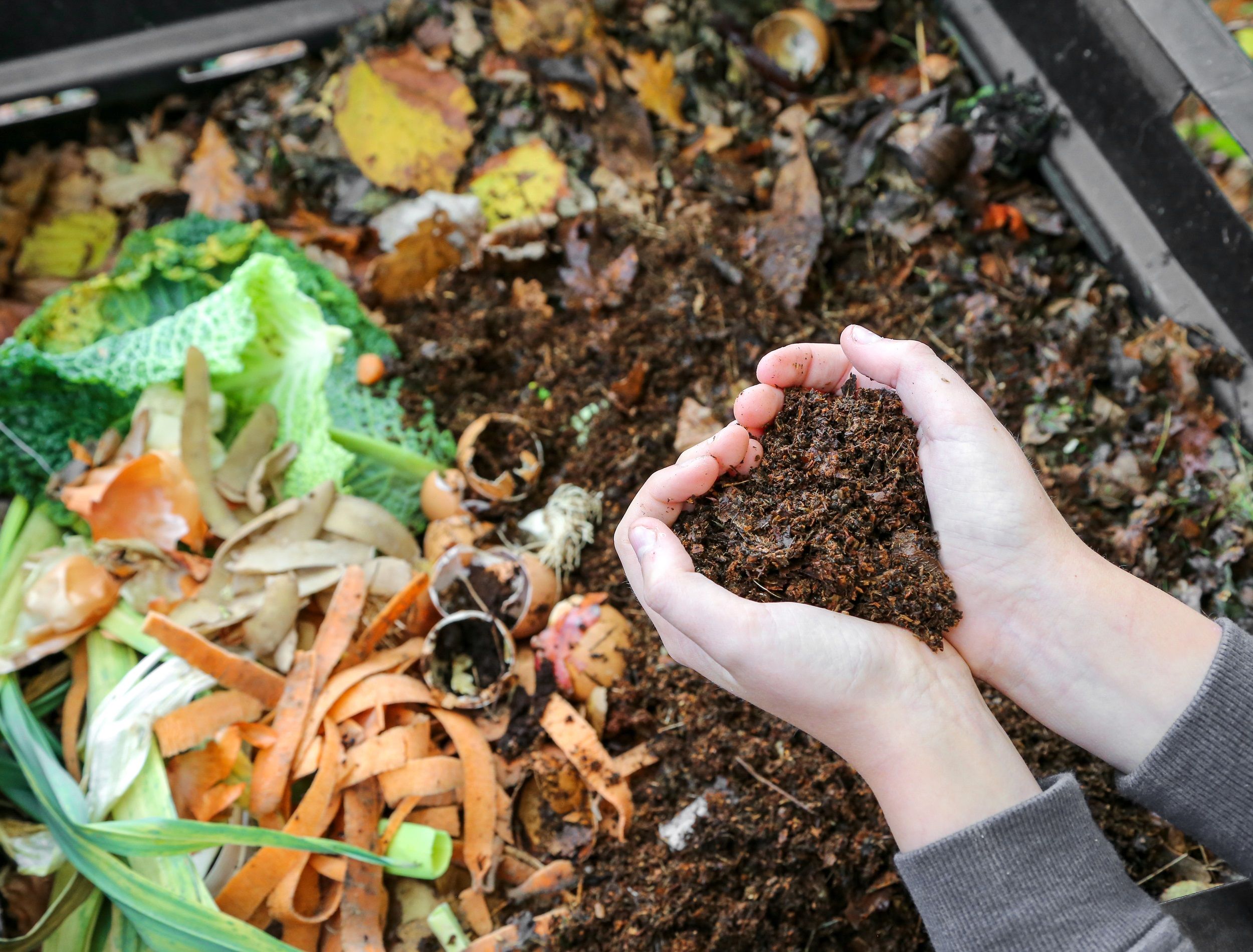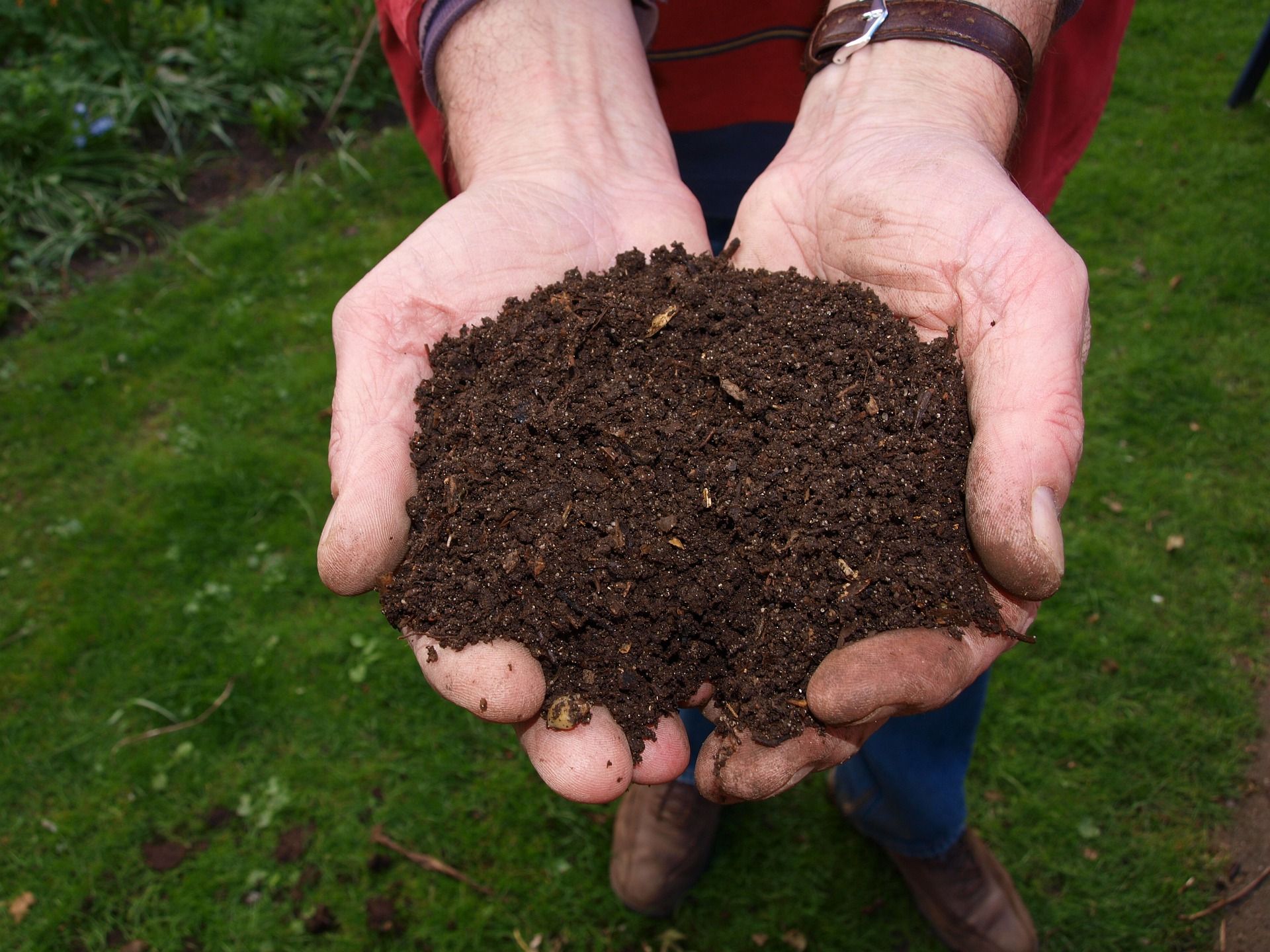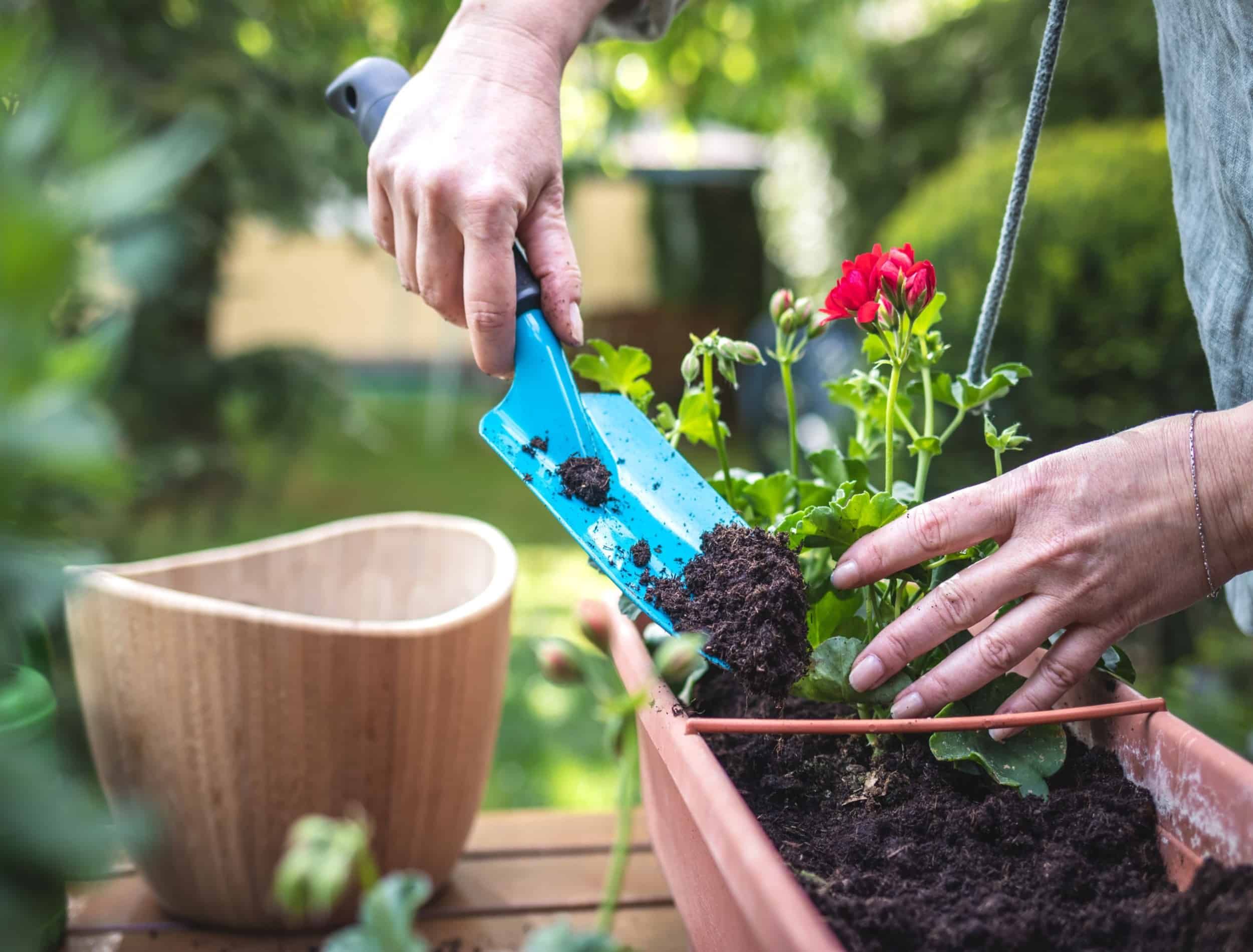With the right time, care, attention, and resources, your perennial garden beds can thrive for years to come. And what's one of the most important factors for growing healthy, lush, blooming plants? Soil health! Unfortunately, as time goes on, soil may compact, lose nutrients, and even change pH.
With all that said, there is a simple and convenient solution to bringing your soil back to life: composting! Adding compost to the soil will also provide plenty of nutrients to your plants.
Below, you'll discover everything there is to know about adding compost to your perennial garden beds, including details on the benefits of composting, when you should add it, and how the process works.
Benefits of Composting
Image credits: Grahamphoto23 via Canva
Adding compost to your perennial garden beds provides the soil with essential nutrients such as nitrogen, phosphorus, and potassium. This helps your plants grow, bloom, and thrive. It should also raise the soil pH for the growing season. Plus, the material helps retain soil moisture and even prevents diseases. Due to the nutrients within the compost it's great for snuffing out possible issues.
Composting boasts many benefits for your garden, but it is also environmentally friendly. By composting leftovers, shredded paper and cardboard products, and even the dead leaves and plants in your yard, you're able to reuse the waste rather than throw it in a landfill. It's also more economical to make your own compost because it reduces the need for large amounts of fertilizer. Not to mention, this is a more cost-effective option.
When to Put Compost in Garden Beds
Image credits: Jerome.Romme via Shutterstock
It is crucial to ensure the compost is ready before you add it to the soil. Mature compost is dark brown in color, has an earthy smell, looks similar to soil, and the original materials are no longer recognizable. Depending on the materials used, how large the pile is, and how often it you turn it, compost can take anywhere from a few weeks to a year to be ready for use.
Once you know the compost is ready, you can apply it in the fall. This will give the perennials a strong base for growing, whether you are planting in the fall or spring. Also, you can add compost to your perennial garden beds before the first frost as a form of insulation during the winter months.
It's not necessary to apply compost annually for established perennials, but you should always test the soil to be sure your moving in the right direction. However, it's beneficial to add compost to the garden beds before you plant new bulbs or shrubs.
Tools You'll Need
Image credits: jokevanderleij8 via Pixabay
Now that you know the benefits of composting and when you should apply it, there's a few tools you'll need to gather. Fortunately, the essentials are basic materials many gardeners likely already have.
- Compost
- Hand trowel
- Gardening gloves
- Rake
- Mulch
How to Add It In
Image credits: encierro via Shutterstock
Step 1: Prepare the Garden Bed
The first step in adding compost to your garden bed is to prepare the area. Remove any mulch using a rake. You can either reuse the mulch or add it to your compost pile. Removing the mulch with a rake will simultaneously till the soil.
If you don't have any mulch, it is still important to till the soil to loosen the ground. If your plants are already established, work around them being careful not to disturb the roots.
This is also the time to plant perennial bulbs and shrubs for spring growth. Daffodils, tulips and crocus are some great options.
Step 2: Apply the Compost
Once the you loosen the soil, apply a 2 to 3 inch layer of compost to the soil surface. You can add it on top of planted bulbs and around the root systems of established perennials. Top with a 3 inch layer of mulch, whether you choose straw, wood chips, or another medium.
Packing the compost between soil and mulch will ensure the compost stays moist, which is ideal for attracting beneficial insects such as earthworms. With enough time the earthworms will have mixed the compost into the soil.
Remember that giving established plants too much fertilizer (compost) makes them leggy and can stunt growth. Use it wisely!
Keep Calm and Compost!
Whether you choose to make your own compost or purchase it at the garden center, adding the nutrient-dense mixture to your perennial garden beds is a simple and beneficial process.
You can either get the job done in the fall or apply before the frost as insulation, layering the compost between soil and mulch. Remember to properly prepare the garden bed and avoid over-using the product.
Do you have any tips for adding compost to perennial garden beds? Share in the comments below!

